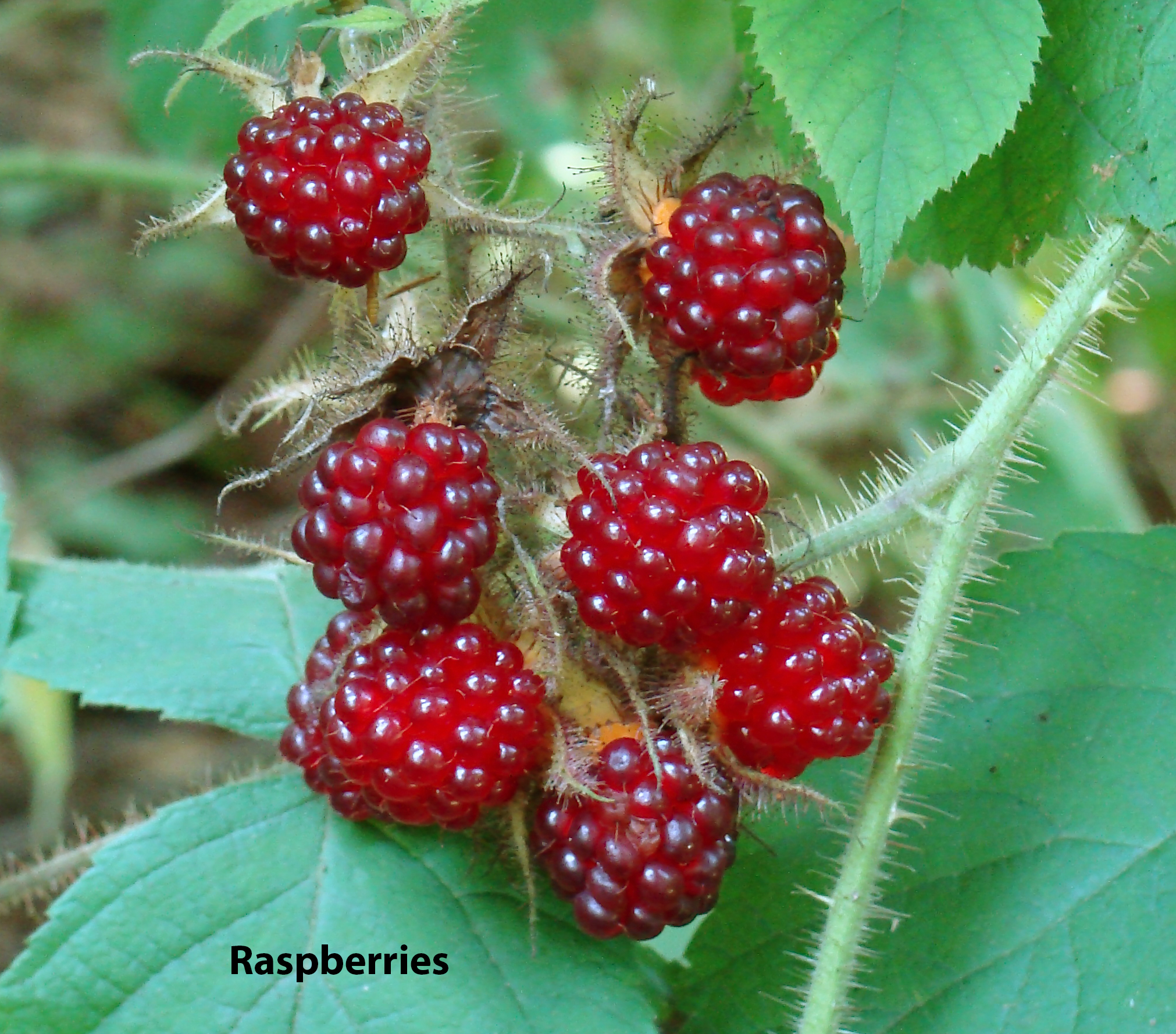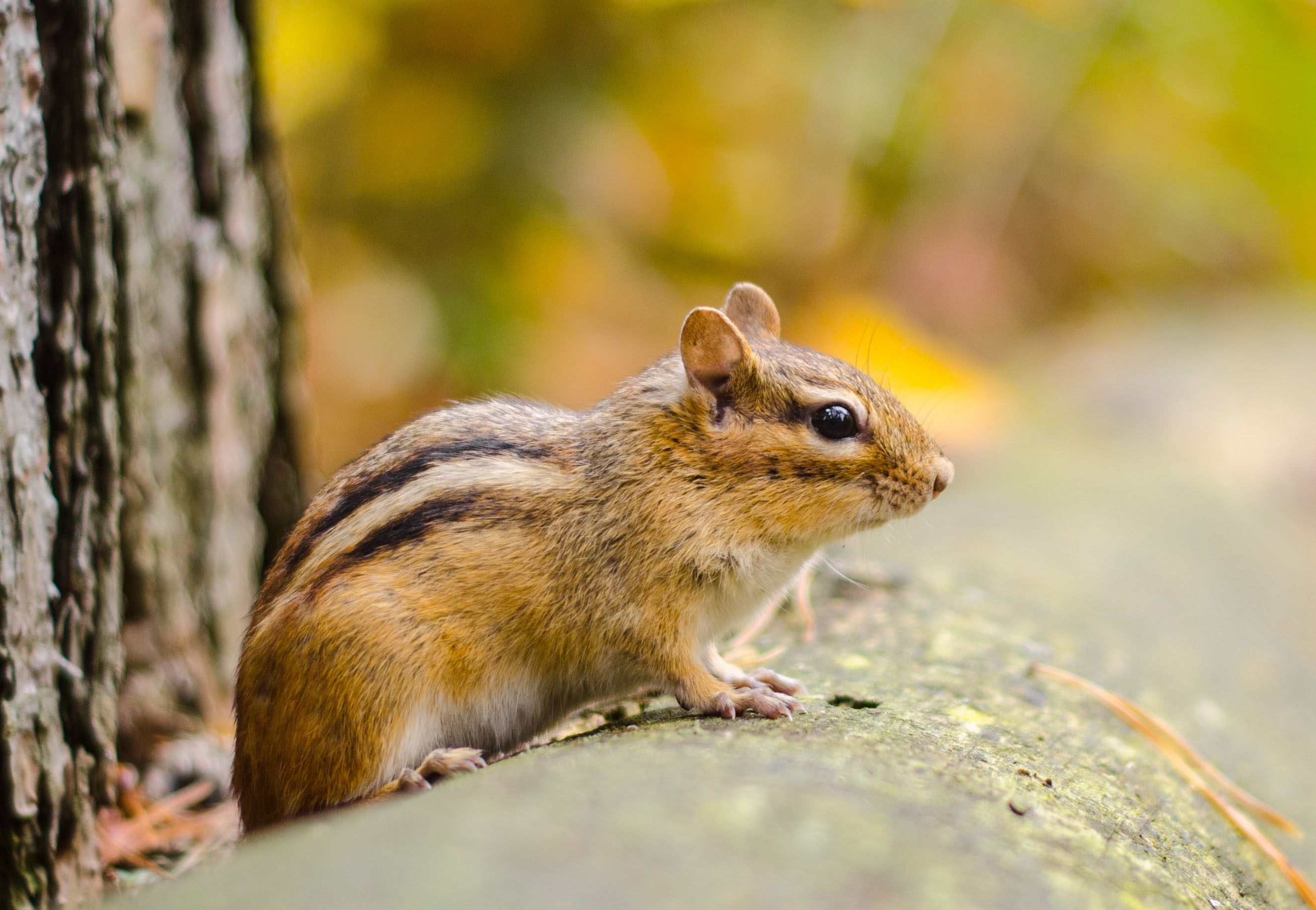What's Your Nature?
Become a Nature Up North explorer to share your encounters with wild things and wild places in New York's North Country. Post your wildlife sightings, landscape shots, photos from your outings, and even your organization's events!
Unwelcome Decorations
What’s round to oval-shaped, mostly orange, and is a common sight leading up to Halloween? Everyone knows the answer to that: Harmonia axyridis, obviously.
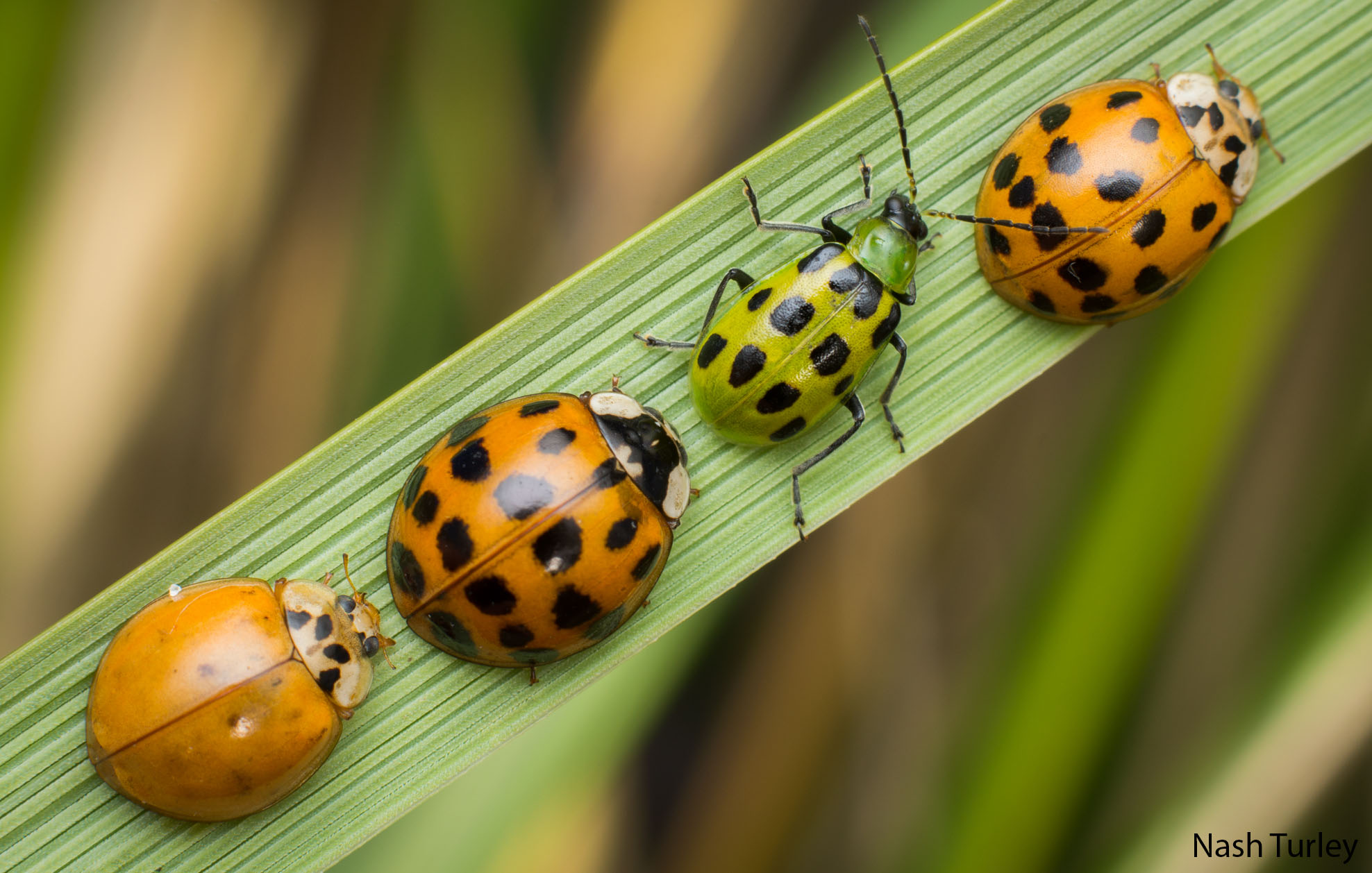
Golden Rod
While most plants respond to late summer’s shorter days by starting to wind down their business for the season, goldenrod is a “short-day” plant, the kind that is stimulated to bloom by waning day length. It’s a perennial in the aster family, and is widespread across North America. We have something on the order of 130 species of goldenrod in the genus Solidago.
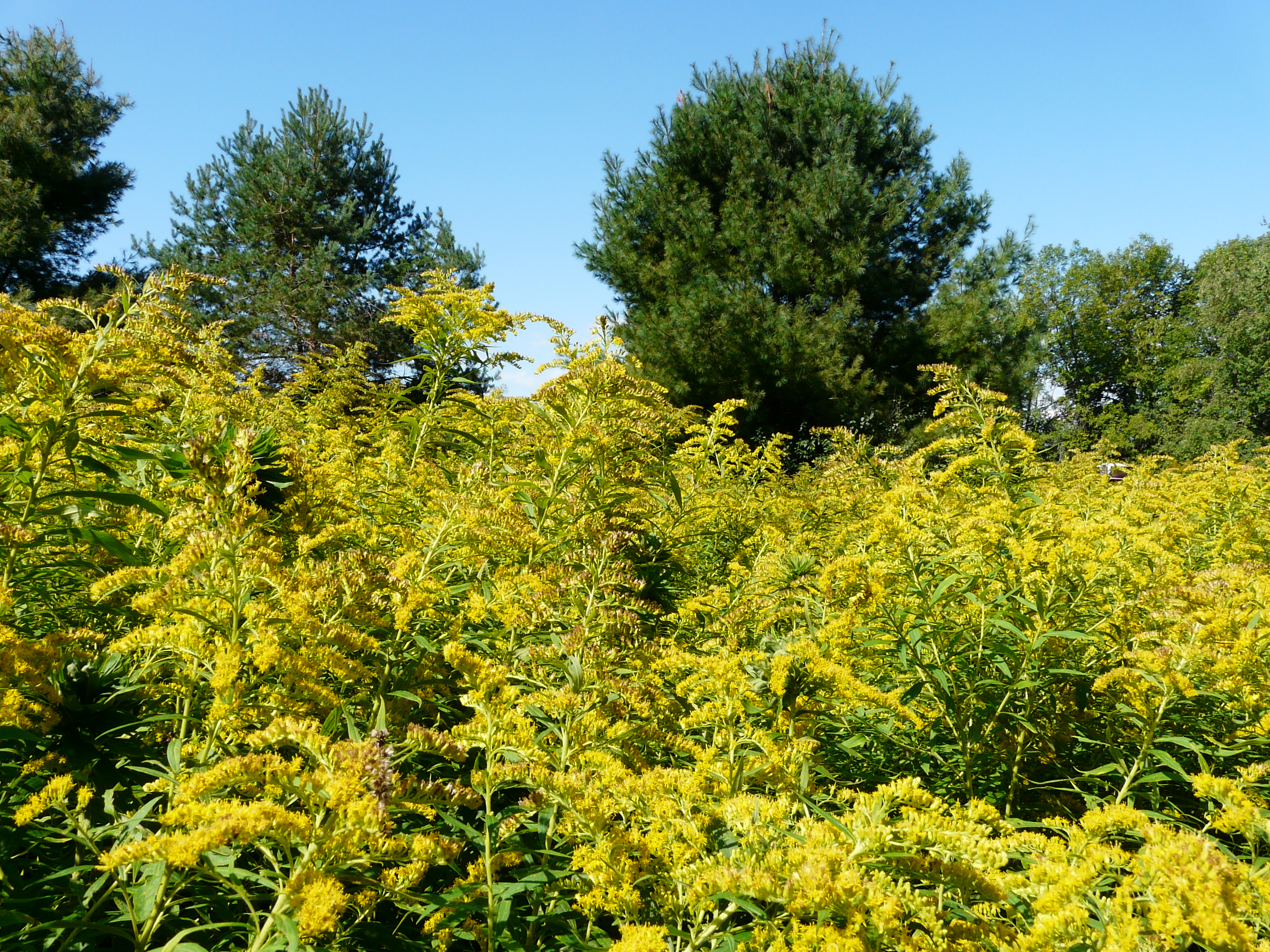

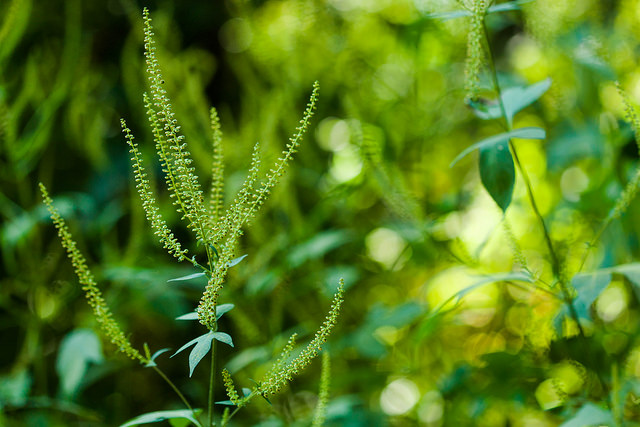
Hot Sounds of Summer: Cicadas
Probably everyone has a sound they connect with high summer. For me, nothing says “August” like the drone of a cicada, its song a miniature buzz saw that cuts across a hot afternoon, undulating a bit and then dropping off near the end of its arc. Cicadas are stout, ancient-looking bugs with bulgy eyes and clear wings. While the largest species is about three inches long with a seven-inch wingspan, the ones in our neck of the woods range from 1 to 2.5 inches in length with a wingspan of three inches or so.
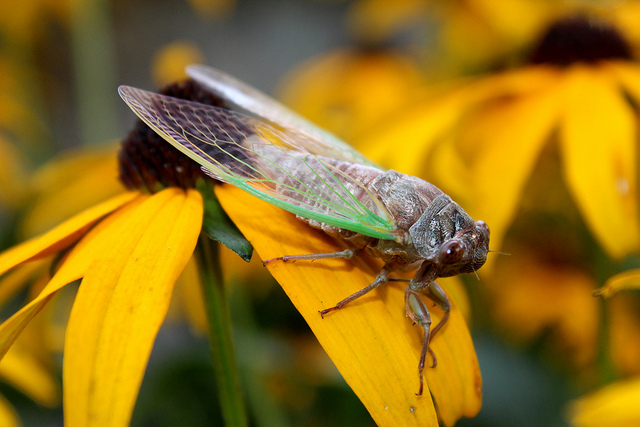
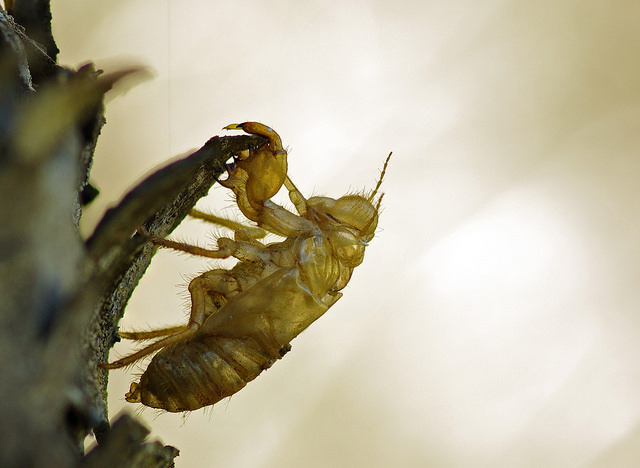
Funtography Tips Part II: DSLR Cameras
There’s nothing more frustrating than reaching for your camera when you see something exciting and not being able to capture the shot that you imagined. Although automatic settings on cameras are getting better and better, there are some situations that can be tricky to capture without making some manual adjustments. Lighting can make or break a photograph and can be the reason your picture came out too blurry, too dark or washed out. Si

Nature Up North Teacher Workshop: A Community of Educators
It has been a busy two days at the Nature Up North teacher workshop. Twelve educators from across the North Country convened to share our ideas for diverse learning experiences with an emphasis on local, natural features.
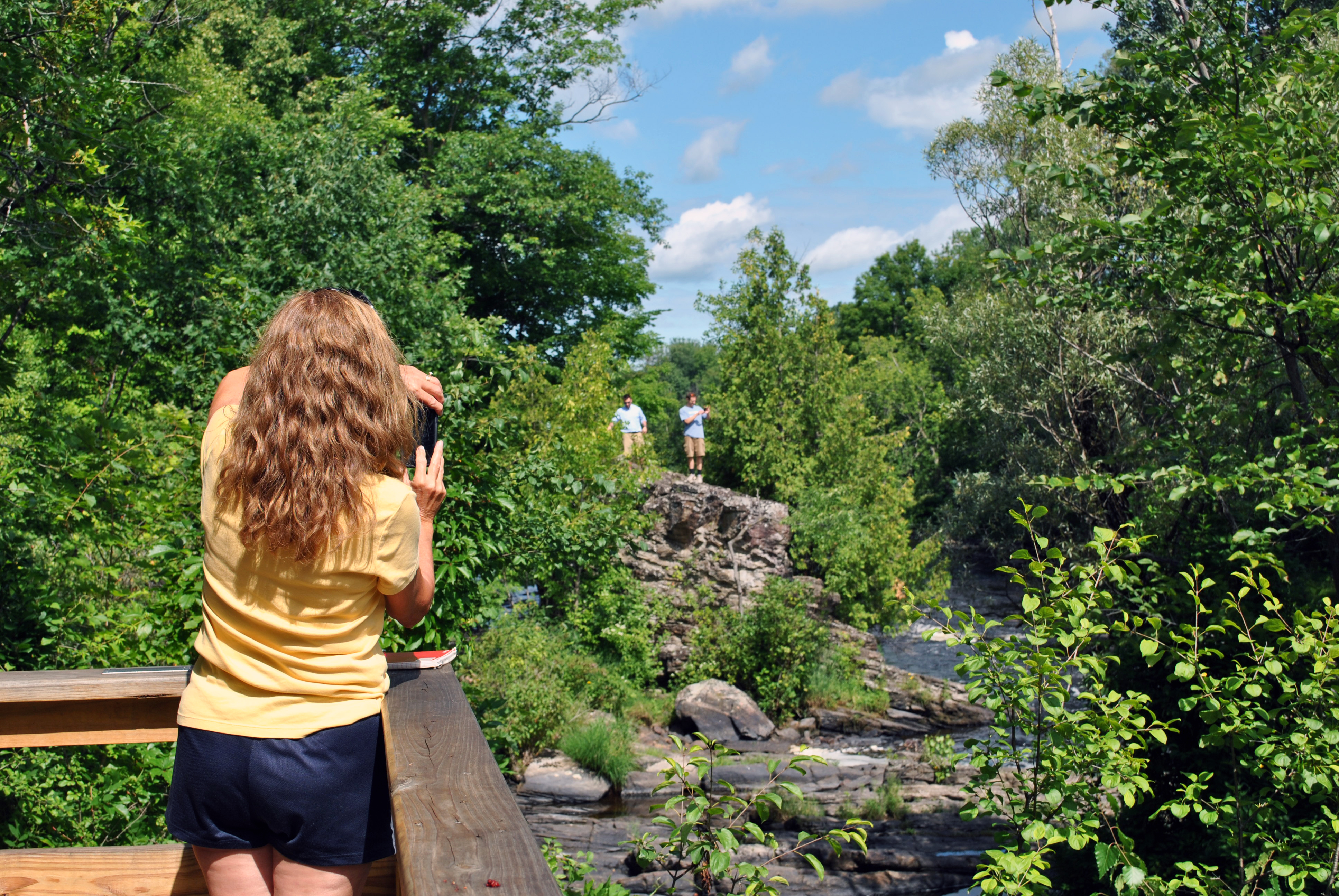
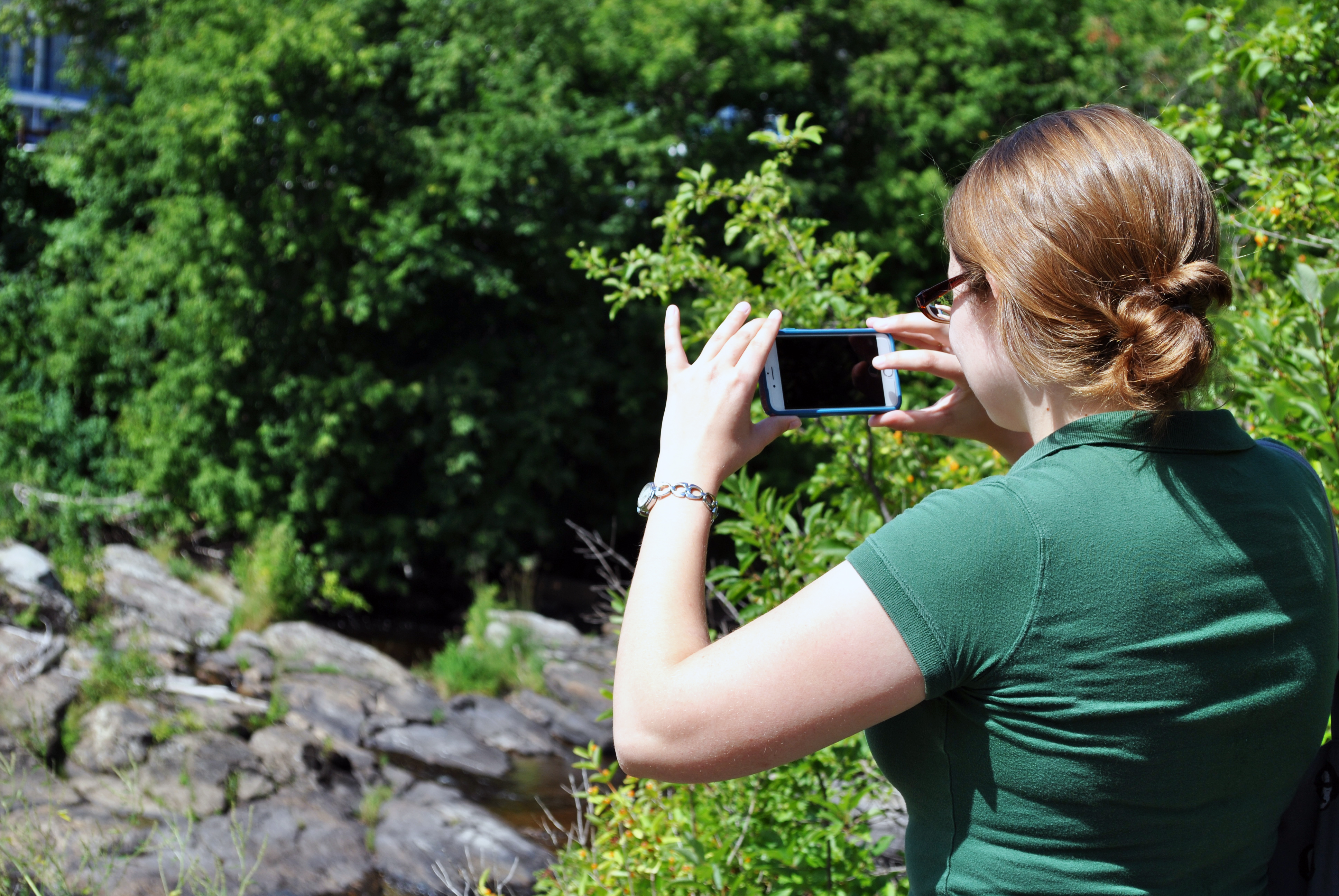
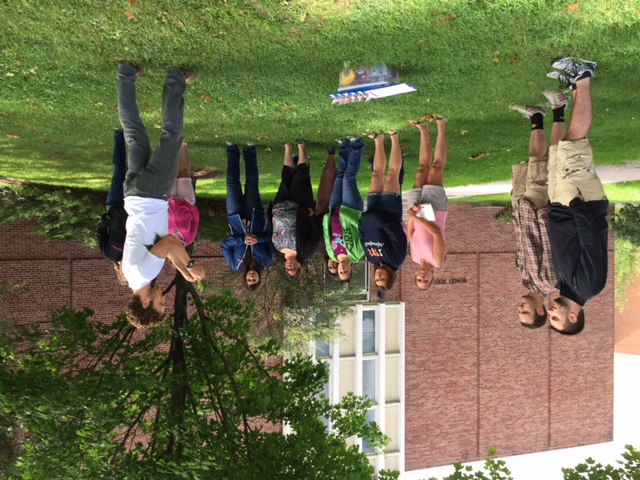
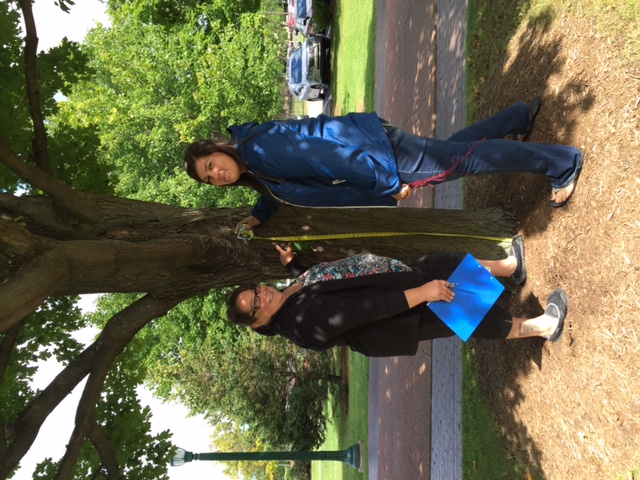
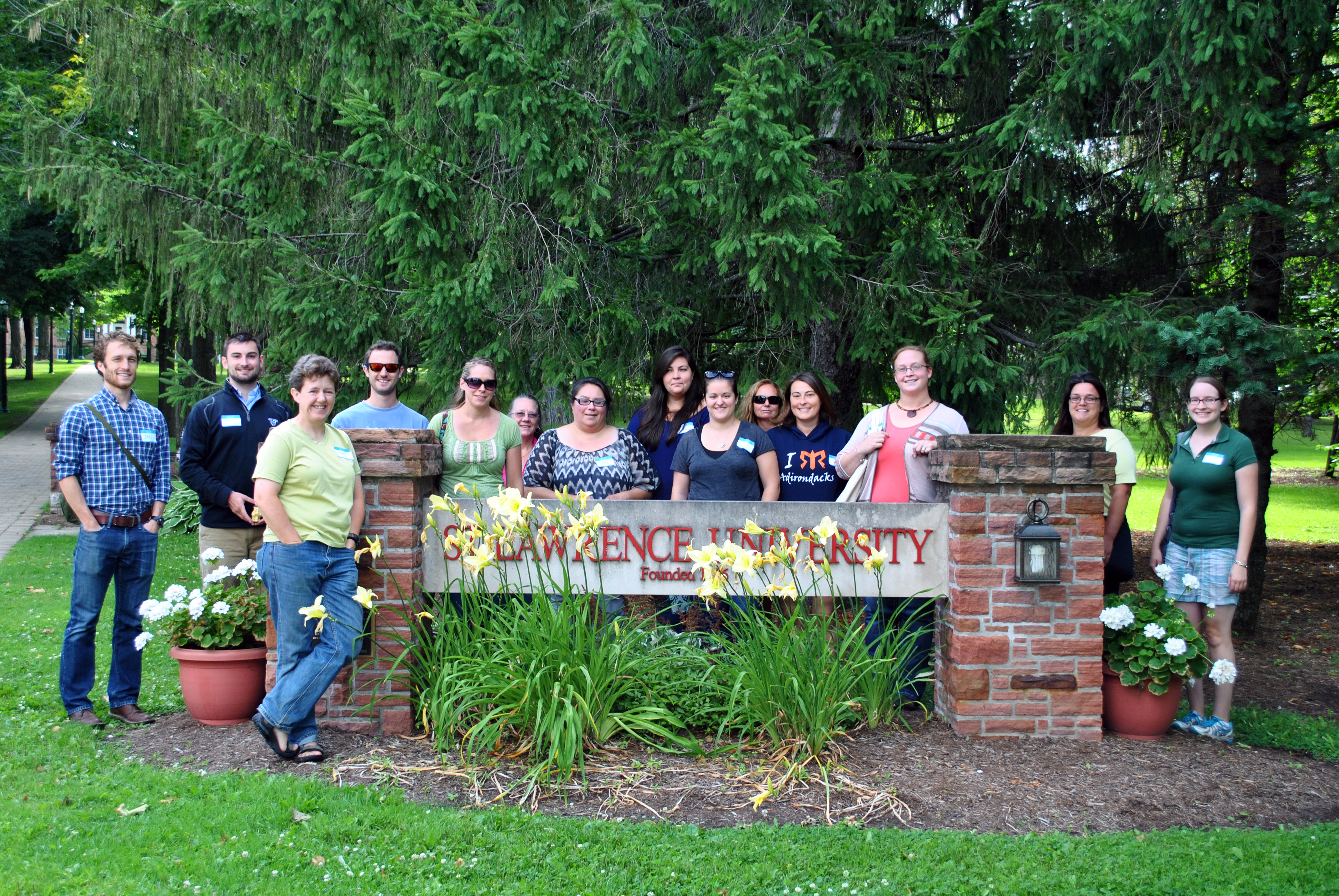
Touch-Me-Not: When a Weed is Not a Weed
By definition, a weed is any plant growing where you don’t want it. To clarify, this holds true only in the garden beds or acreage under your cultivation. “Weeding” flowers in a park planter because they offend your sense of aesthetics is frowned upon.
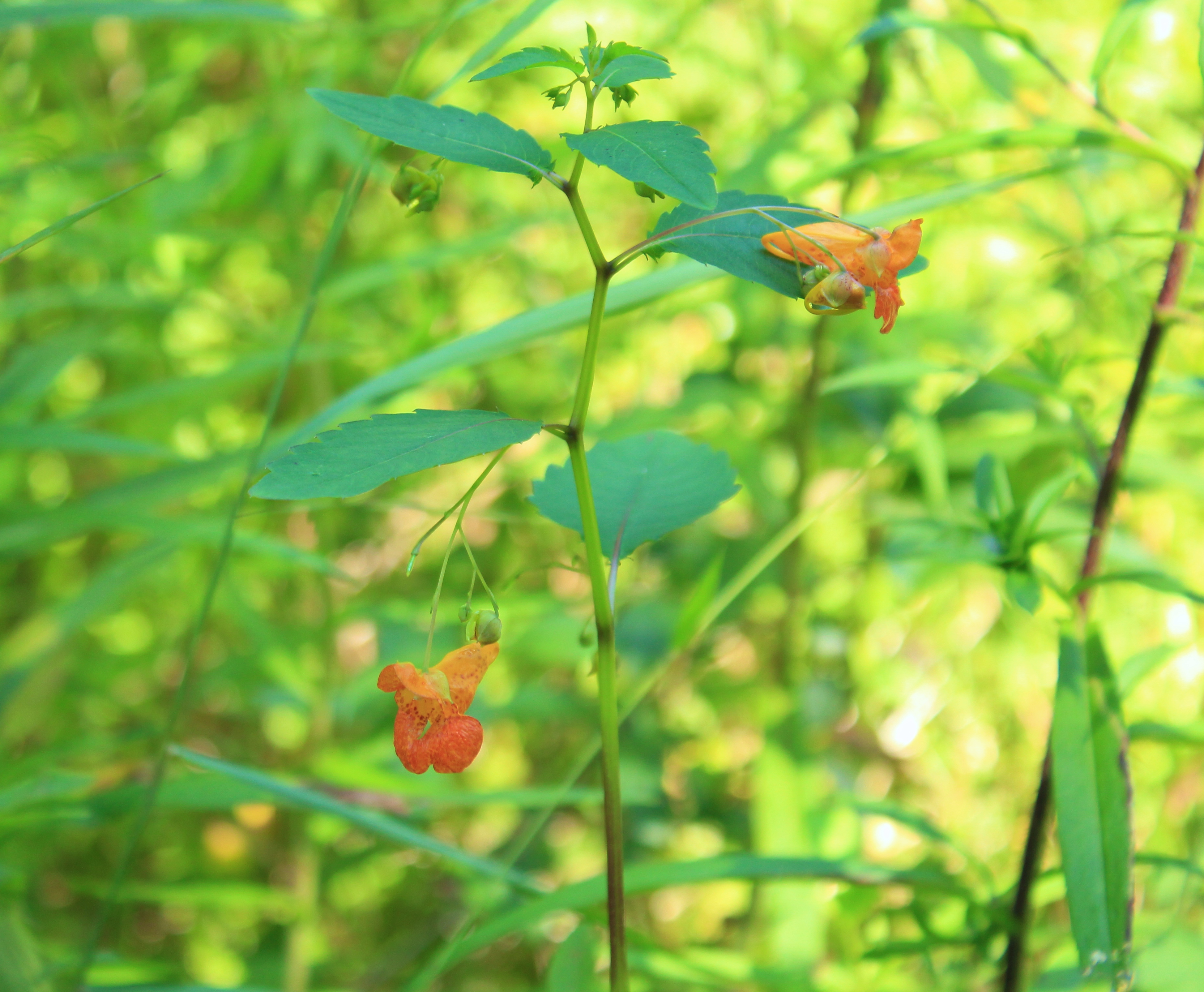
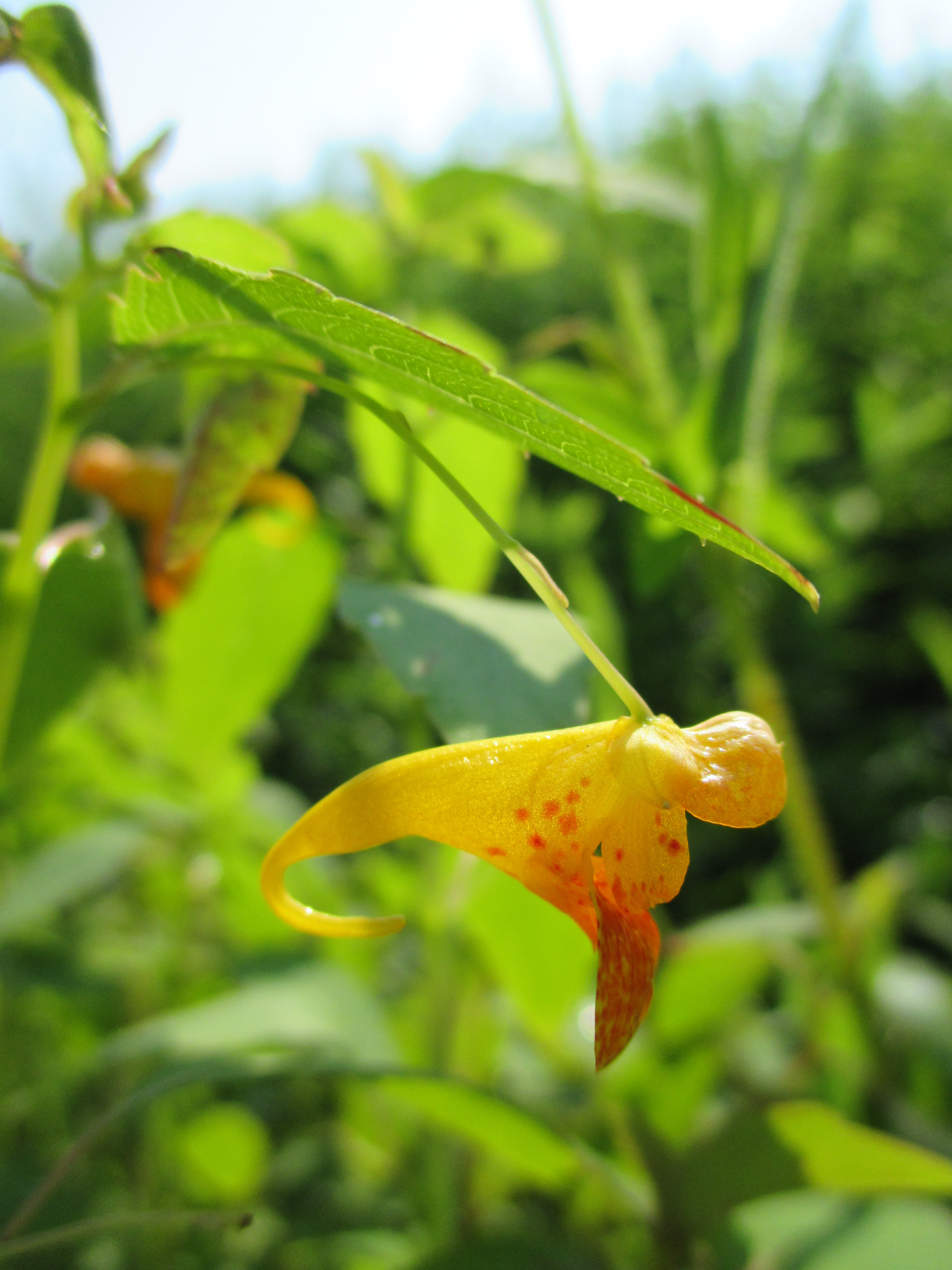
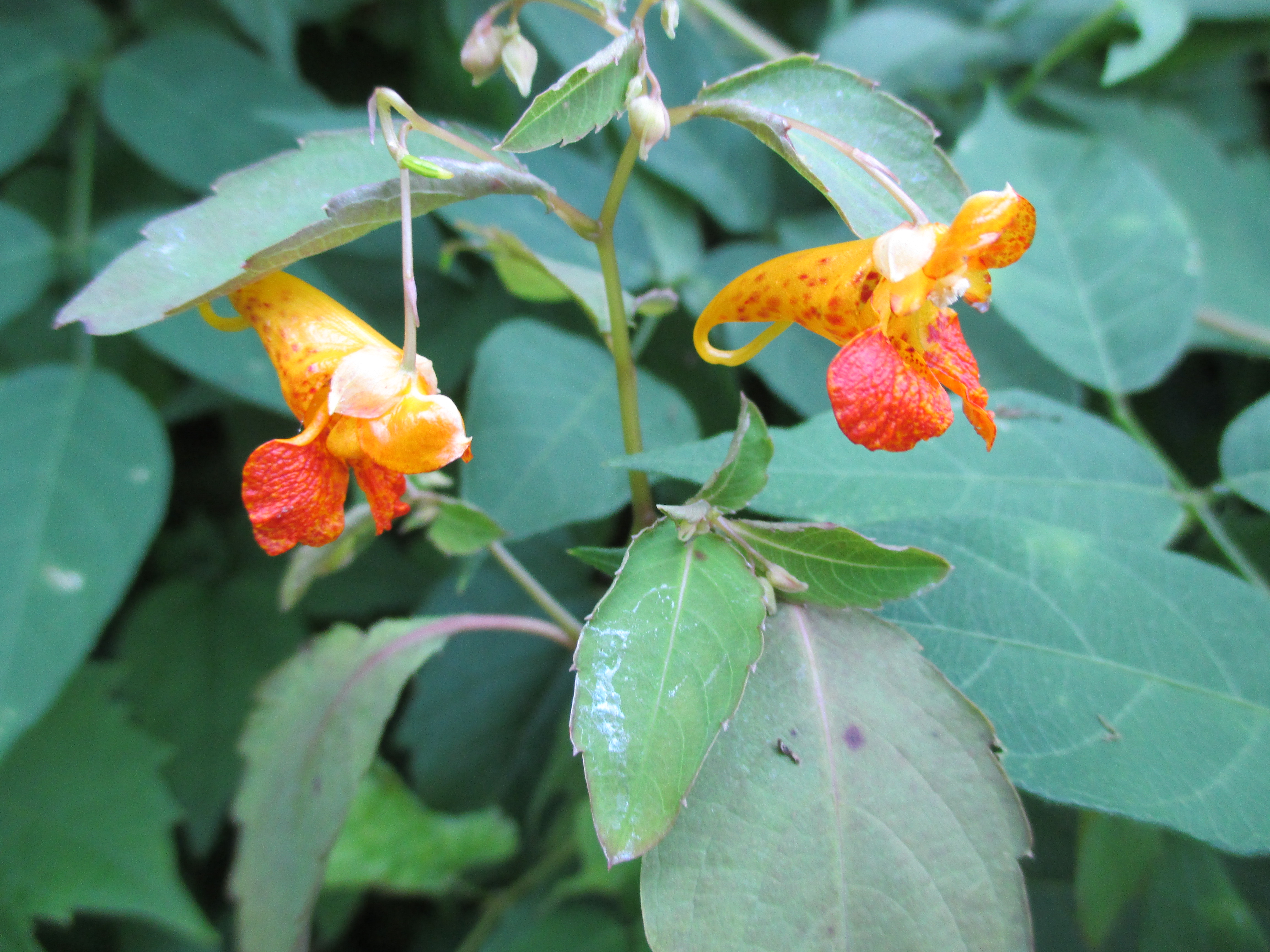
Volcanoes in Northern New York?
When you think about it, trees in our landscape have it pretty rough. They don’t get to choose their neighborhood; good, bad or indifferent. Depending where they’re planted they may have to contend with “visits” from territorial dogs, “materials testing” by late-night fraternity mobs, entanglements with errant kites, and other issues.
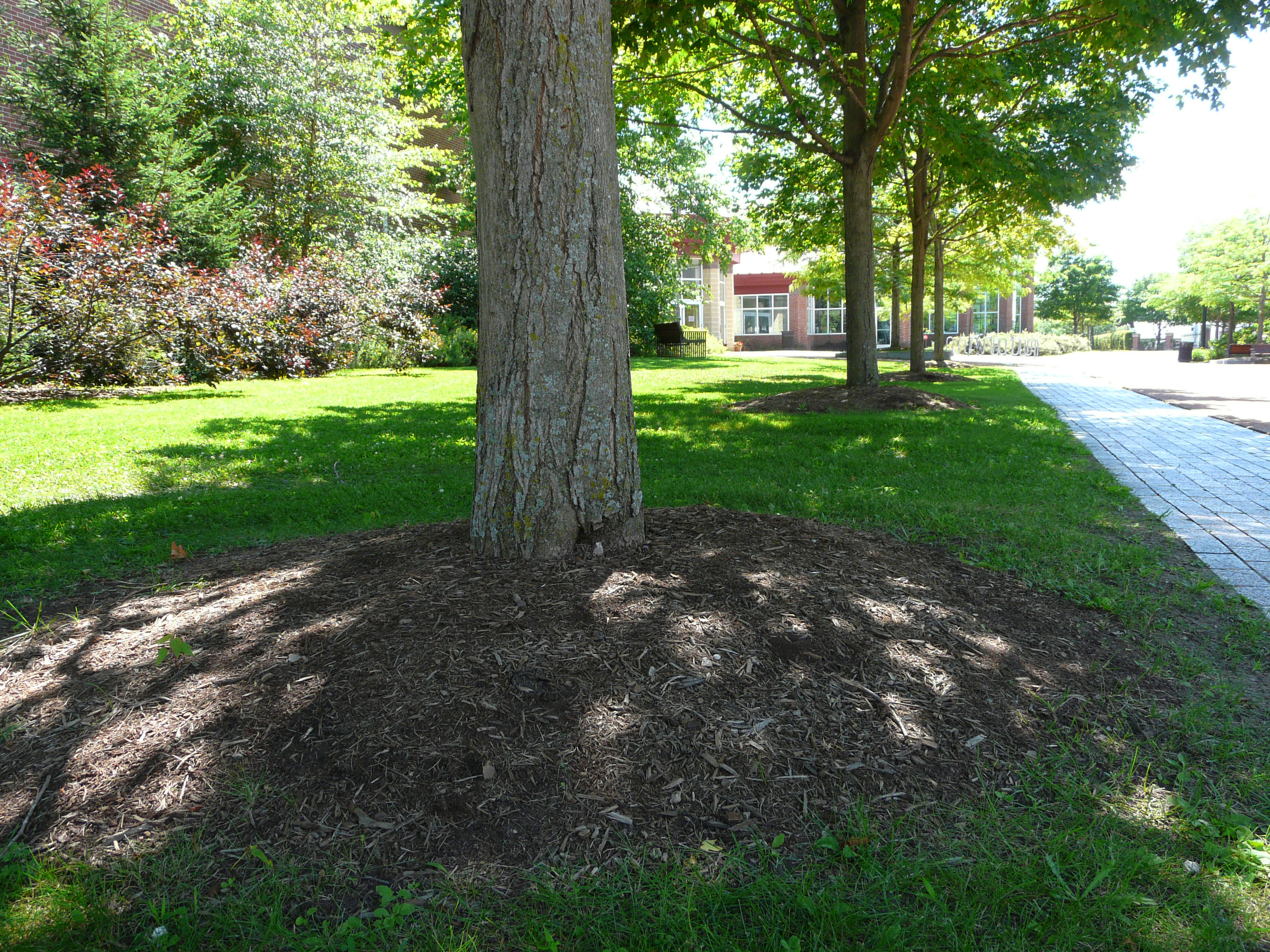
Six Nature Myths Busted
Here at Nature Up North we hear a lot of great questions about wildlife and the outdoors. Do porcupines really shoot their quills? Will ticks fall on you from trees? What does it mean to be blind as a bat? Will a bird abandon its young if I touch them? To answer these questions, here are six common misconceptions about nature and the truth behind them! Which myths did you believe?


Brambleberries: What's the Difference?
It's about that time of year to begin harvesting fruits for jams and desserts. From July through September, bramble bushes across the North Country will be loaded with red raspberries, black raspberries and blackberries. You may have no trouble recognzing these berries as edible, but can you tell the difference?

